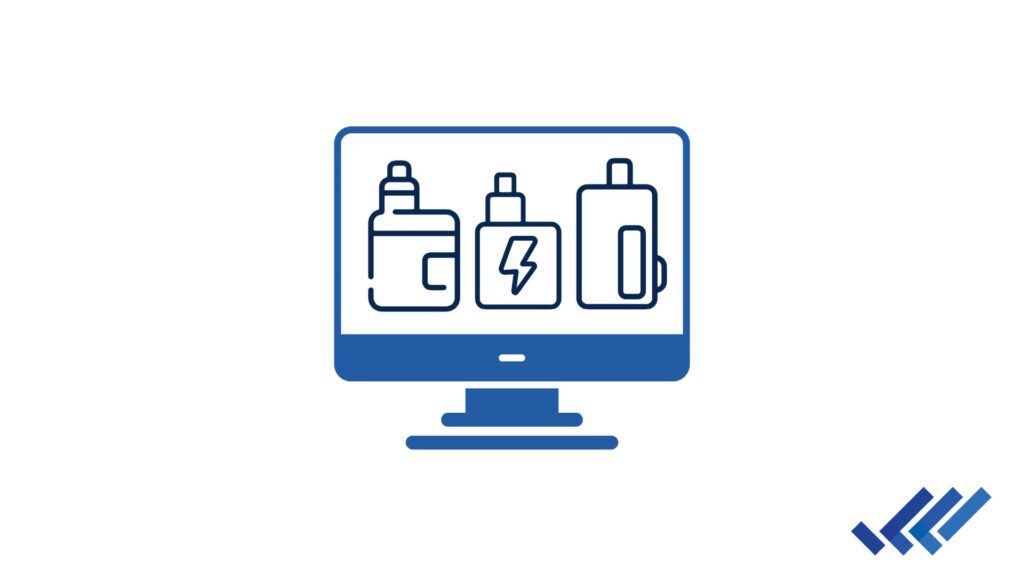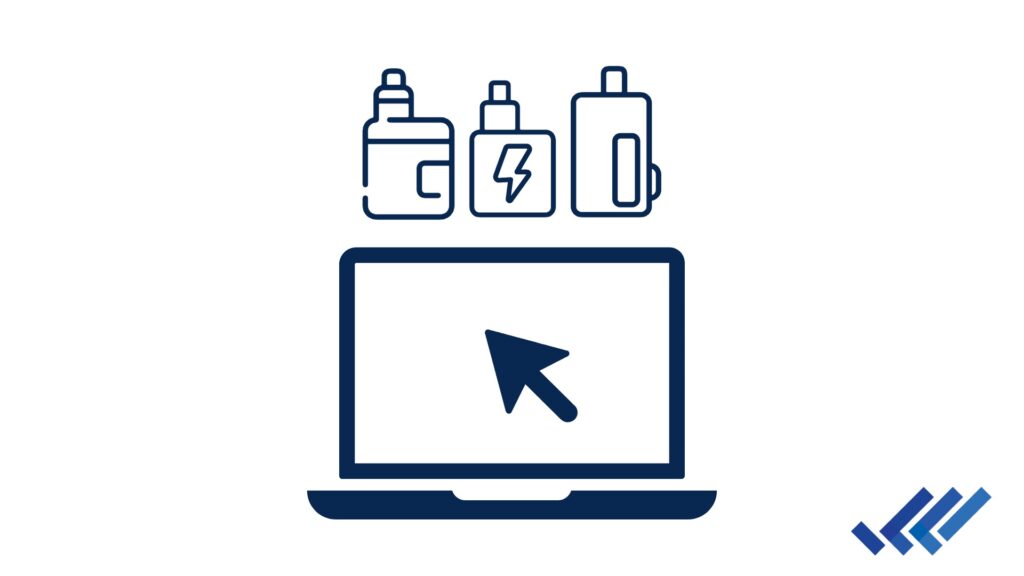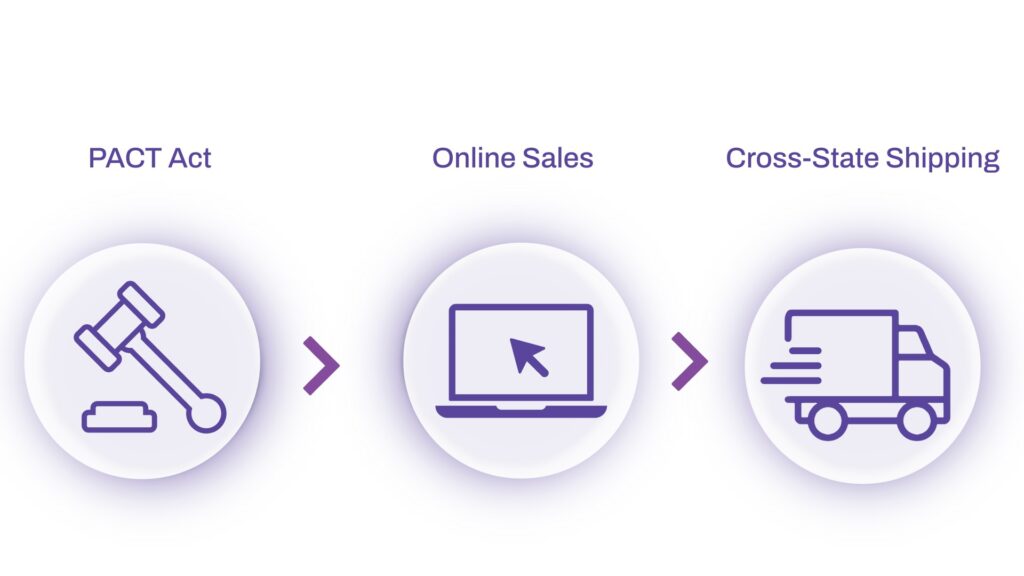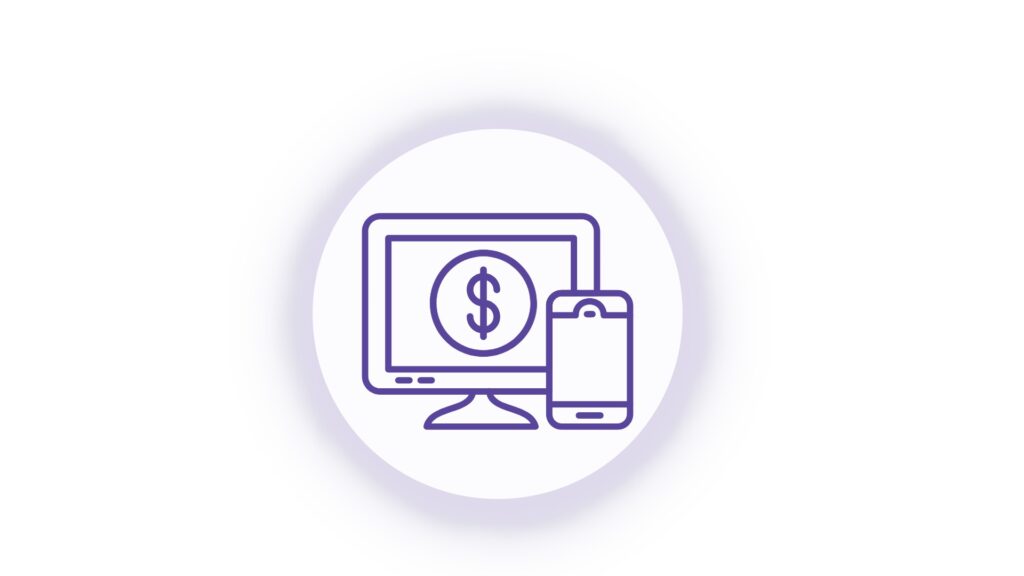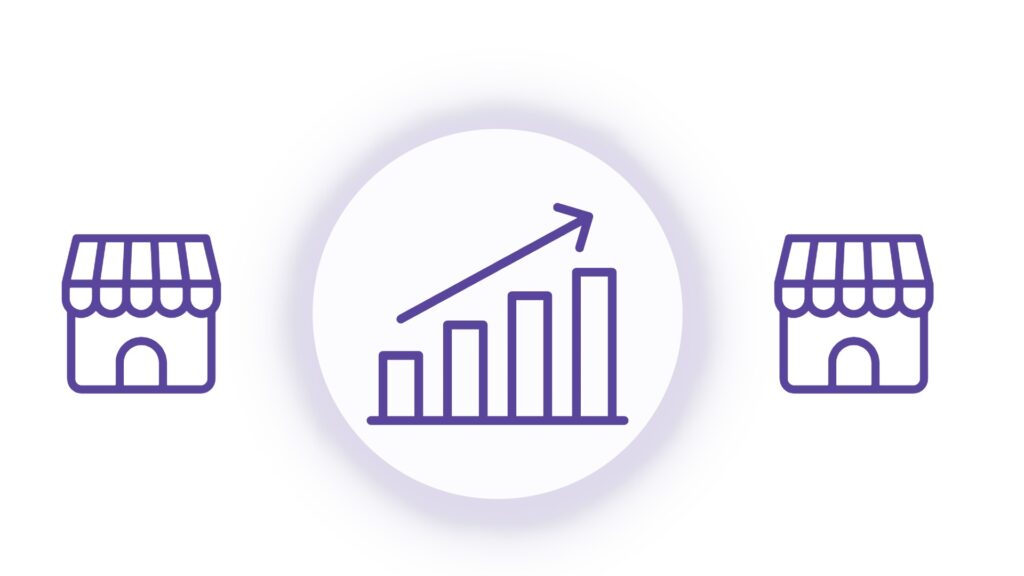AI Compliance Management Tools Matter
As online retail continues to grow globally, e-commerce businesses face an increasingly complex web of state regulations — from consumer protection and advertising laws, to data privacy, and product-safety standards. However, manually checking compliance proves to be a struggle. Fortunately, that’s where AI compliance management tools come in. They help online retailers stay legally compliant across all 50 states and, in turn, avoid issues with state enforcement officials.
The Compliance Challenge in E-Commerce
E-commerce platforms often need to manage:
- Online Age Verification procedures across states
- Order compliance with each state (eg, flavor bans)
- Continuous updates as regulations evolve or vary
- Custom national shipping classifications, taxes, and duties
Evidently, manual compliance becomes error-prone, slow, and costly when handling large catalogs or cross-border trade.
What AI E-commerce Compliance Management Tools Bring to the Table
Modern AI compliance systems automate critical parts of the compliance workflow:
- Accurate customs & tax classification: AI can assign HS codes based on product descriptions and calculate duties or taxes correctly, reducing misclassification risks and avoiding customs delays or fines.
- Real-time monitoring and risk detection: AI systems can continuously audit listings, vendor uploads, marketing materials, or customer communications to detect potential compliance issues such as prohibited items for specific states.
- Scalability and speed: AI easily processes thousands of products or transactions in minutes — far beyond what manual reviews or small compliance teams could handle.
- Proactive adaptation to regulatory changes: As laws evolve (e.g., new vape flavor laws or trade regulations), AI tools can be updated or retrained to reflect the latest updates — helping businesses stay ahead rather than react after violations occur.
Building Trust and Long-Term Business Value
Beyond avoiding fines, compliance fosters trust: consumers and partners feel safer buying from a transparent, regulation-aware business. For e-commerce retailers — especially those selling nationally or internationally— AI E-commerce compliance management tools help build long-term brand value and competitiveness.
FutureEcom as a Compliance Management Tool
Luckily, FutureEcom helps with managing changing regulations across all 50 states. Moreover, our REGAffirm AI technology alerts businesses to new state regulations, ensures order compliance before shipping, and suggests actions to avoid state fines. Learn more about FutureEcom’s AI E-commerce Compliance Management Tools.


